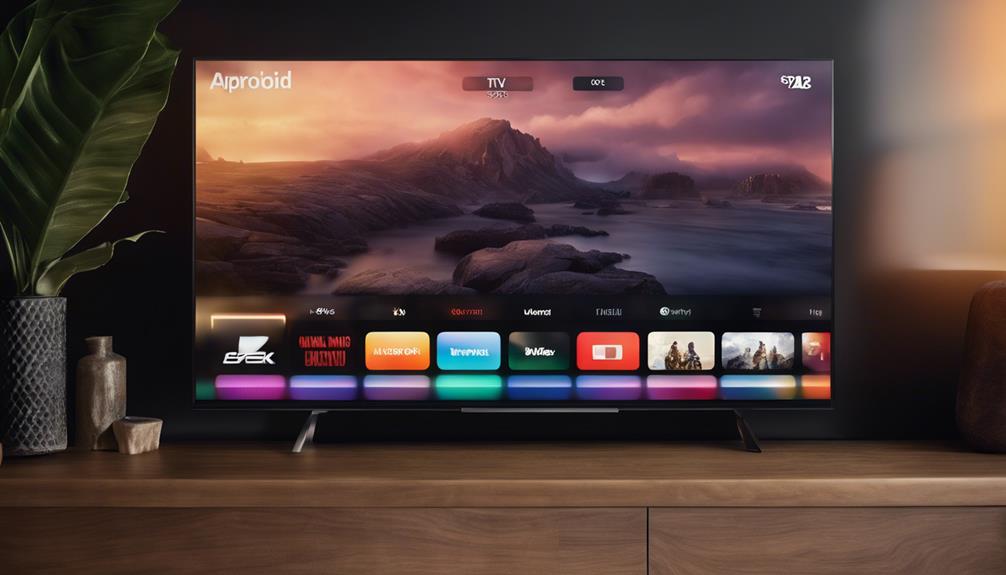The recent update to the Apple TV app on Android TV removes the ability to rent, purchase, or subscribe directly through the platform. Users are now directed to other devices for transactions, impacting the user experience. This change has led to frustration among Android TV users due to the loss of convenience previously offered. Exploring alternative platforms for transactions may be necessary to continue enjoying content on Android TV. To learn more about the implications of this policy shift, as well as potential solutions and the future of the Apple TV app on Android TV, stay informed about the ongoing updates in the industry.
Key Takeaways
- Apple TV app on Android TV no longer supports rentals, purchases, or subscriptions.
- Users must make transactions on other supported devices.
- Top navigation panel excludes rental and purchase options.
- Limits options for acquiring new content through the app.
- Disruption in user experience due to transaction redirection.
Policy Change Affects Apple TV App on Android TV
The policy change impacting the Apple TV app on Android TV devices has greatly altered the way users interact with the platform. Previously, users could rent or purchase movies directly through the Apple TV app on their Android TV devices. However, the recent update now redirects users to Apple products or other streaming devices for rentals, purchases, and Apple TV Plus subscriptions. This change is reflected in the updated top navigation panel of the app, which no longer includes options for rentals and purchases.
Users are now advised to make their purchases, rentals, or subscriptions on other supported devices if they wish to access content through the Apple TV app on their Android TV. It's speculated that this alteration is linked to Apple's desire to avoid revenue sharing with Google for in-app purchases. As a result, users must now utilize alternative means to engage with the Apple TV app on their Android TV devices for various transactions related to content consumption.
No Rentals, Purchases, or Subscriptions Available

The recent update to the Apple TV app on Android TV has eliminated the option for users to rent, purchase, or subscribe to content directly through the app. This change impacts users' ability to access certain content and make in-app transactions for rentals, purchases, or Apple TV Plus subscriptions.
To continue engaging with these features, users are now directed to perform these actions on Apple devices or other supported streaming platforms.
Restricted Content Access
Due to recent updates, users of the Apple TV app on Android TV can no longer rent, purchase, or subscribe to content directly through the app. This change means that individuals using Android TV devices will no longer have the option to make in-app purchases for rentals, purchases, or subscriptions.
Instead, users are now directed to buy, rent, or subscribe to content through Apple devices or other supported platforms. While users can still access their existing content library on Android TV, any new purchases or rentals must be made on alternative devices.
This restriction appears to stem from Apple's decision to prevent in-app purchases on Android TV, potentially linked to revenue-sharing concerns with Google. As a result, users exploring the Apple TV app on Android TV will now find their options limited when it comes to directly acquiring new content through the app itself.
Impact on Users
Impact on users is significant as rentals, purchases, or subscriptions are no longer available through the Apple TV app on Android TV devices. This change has left users facing several consequences:
- Convenience Loss: Users valued the ease of renting or purchasing content directly through the app, which is no longer possible.
- Disappointed Users: The removal of these options has disappointed many users who relied on the Apple TV app for their entertainment needs on Android TV.
- Revenue Sharing Concerns: The decision to restrict rentals and purchases on Android TV may be linked to Apple's desire to avoid revenue sharing with Google, impacting the overall user experience.
Despite these restrictions, users can still access and stream their existing purchased content on Android TV. However, the inability to rent or buy new content through the app has unquestionably affected the user experience and convenience previously enjoyed by Apple TV app users on Android TV devices.
Alternatives for Content
Exploring alternative methods for accessing content on Android TV without the option for rentals, purchases, or subscriptions through the Apple TV app presents a significant challenge for users. With the recent restrictions on in-app transactions, users are now redirected to other supported devices to rent, purchase, or subscribe to content. This shift hinders the seamless experience that users once enjoyed on the Apple TV app for Android TV.
To navigate this limitation, users can resort to utilizing other platforms or devices to make transactions and then access the content on their Android TV. While this workaround may disrupt the convenience previously offered by the Apple TV app, it remains a viable option for users seeking to continue enjoying their favorite movies and shows on Android TV.
For a clearer understanding, the table below outlines some alternative platforms and devices that users can leverage to rent, purchase, or subscribe to content.
| Platform/Device | Description |
|---|---|
| iTunes Store | Purchase or rent content and access on Android TV |
| Amazon Prime Video | Subscribe to services and watch on Android TV |
| Google Play Store | Rent or buy movies and view on Android TV |
Users Redirected to Other Devices for Transactions
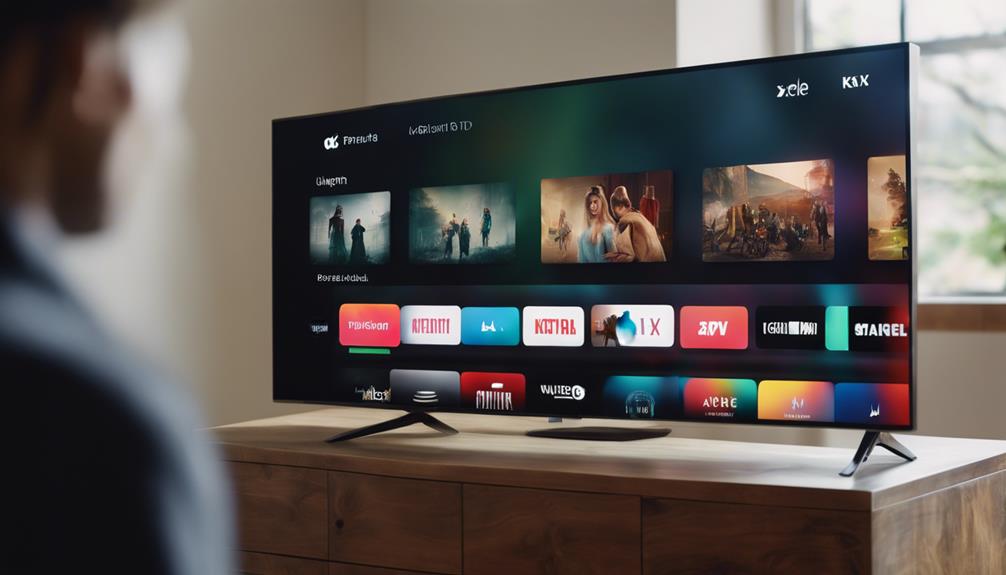
Users utilizing the Apple TV app on Android TV are now directed to complete transactions on Apple devices or other supported streaming platforms instead of within the app itself. This change means that users can no longer rent, purchase, or subscribe to content directly through the Apple TV app on their Android TV or Google TV devices. Instead, they must use alternative methods to access and acquire new content.
The recent update has removed the option for in-app transactions on Android TV and Google TV, redirecting users to external platforms for these transactions. While users can still access their existing library and content purchased on other devices through the Android TV app, the ability to make new transactions within the app has been disabled.
This shift in functionality may be a strategic move by Apple to avoid revenue sharing with Google for in-app purchases.
Frustration Rises Among Android TV Users
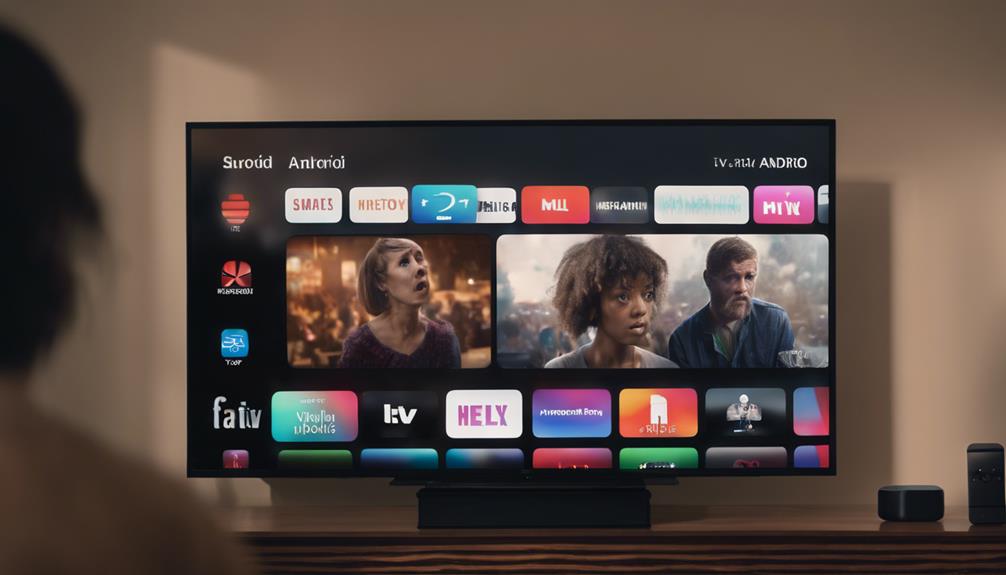
Growing discontent surfaces among Android TV viewers due to the limitations imposed by the Apple TV app, sparking frustration within the user community.
With the inability to rent or purchase movies directly through the app, users are left with the sole option of subscribing to Apple TV Plus or seeking guidance on alternative ways to access content.
This shift in functionality is believed to stem from Apple's desire to avoid revenue sharing with Google for in-app transactions. Consequently, Android TV users are now forced to resort to other compatible devices if they wish to buy, rent, or subscribe to services, leading to a notable loss of options and convenience.
The growing frustration among Android TV users highlights the impact of these restrictions, indicating a shift in user experience and prompting concerns over the limitations imposed by the Apple TV app.
Convenience Lost With New App Restrictions

The restrictions imposed by the Apple TV app on Android TV have greatly affected users' convenience, especially with the removal of the option to rent or buy movies directly through the app. This change has resulted in a significant loss of functionality for Android TV users.
The following points highlight the inconvenience caused by the new app restrictions:
- Limited Transaction Options: Users are no longer able to make in-app purchases such as renting or buying movies directly on their Android TV devices.
- Forced Device Switching: To access content, users are now directed to make purchases, rentals, or subscriptions on Apple devices or other supported platforms before viewing on their Android TV.
- Increased User Frustration: The inability to complete transactions within the app has led to user frustration, disrupting the seamless experience they once enjoyed.
These changes have disrupted the convenience that users previously had with the Apple TV app on Android TV, prompting dissatisfaction among the user base.
Impact on Movie-Watching Experience

Impacting the movie-watching experience, the removal of rental and purchase options through the Apple TV app on Android TV has frustrated users. With the recent update, users no longer have the convenience of renting or buying movies directly through the app, directing them to make purchases, rentals, or subscriptions through Apple devices or other supported platforms.
This change in functionality has disappointed users who enjoyed the ease of accessing a wide range of content through the app on their Android TV devices. Apple's decision to limit rentals, purchases, and subscriptions on Android TV is believed to stem from the company's desire to avoid Google's 30% commission on in-app purchases.
Consequently, movie enthusiasts are facing increased inconvenience and limitations when trying to enjoy their favorite films through the Apple TV app on Android TV.
Apple TV App Limitations on Android TV
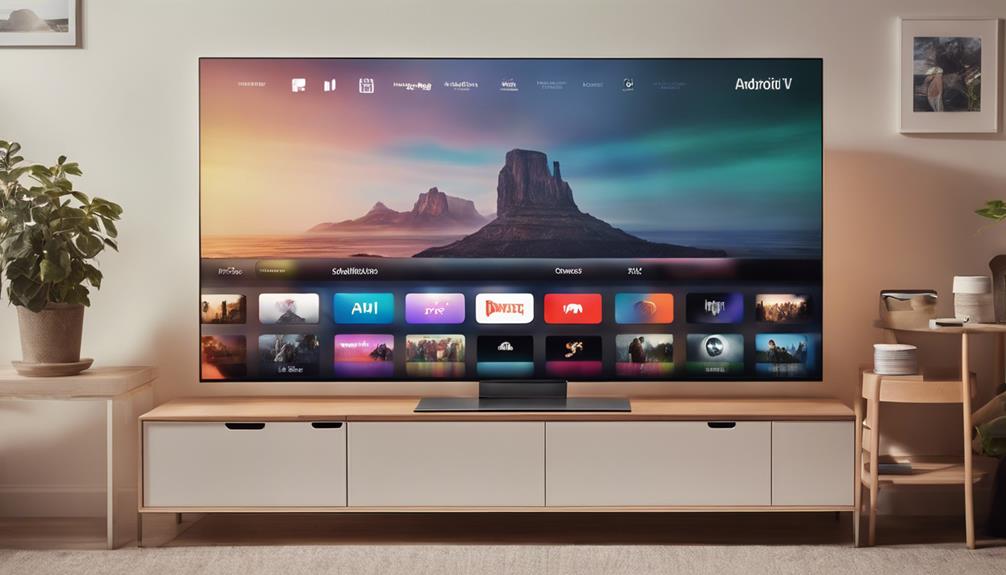
The recent update to the Apple TV app on Android TV devices introduced limitations on renting or purchasing movies within the app, redirecting users to acquire content through Apple devices or other supported platforms.
This change also affects in-app subscriptions, with users no longer able to transact directly on Android TV.
However, it's still possible to access Apple TV+ subscriptions on Android TV despite these restrictions.
Rental and Purchase Restrictions
Implemented in early April, a significant change to the Apple TV app on Android TV has removed the ability to rent or purchase movies directly through the app. Users are now directed to buy, rent, or subscribe to content on Apple products or other supported devices. This alteration has reshaped the user experience on Android TV, limiting the in-app transaction capabilities.
To address this shift:
- Limited Transaction Options: Users can no longer rent or purchase movies within the Apple TV app on Android TV.
- Redirected Purchase Process: Users are guided to make transactions on Apple devices or other supported platforms, altering the purchasing journey.
- Impact on User Experience: The removal of rental and purchase options may affect the convenience and accessibility of content acquisition for Android TV users.
This change may be linked to revenue sharing conflicts between Apple and Google, influencing the functional modifications within the app. Despite these restrictions, users can still access their previously purchased content within the app.
Subscription Limitations
Users on Android TV devices are now restricted to subscribing to Apple TV Plus only through the Apple TV app, eliminating the option for rentals and purchases. The recent update no longer supports in-app transactions for rentals, purchases, and subscriptions on Android TV with the Apple TV app.
Instead, users are directed to make these transactions on other compatible devices. This change has sparked speculation that Apple's decision may be linked to avoiding revenue sharing with Google for in-app purchases. By limiting the functionality to just subscriptions, users lose the convenience of renting or buying individual titles directly through the app on their Android TV, affecting their overall viewing experience.
As a result, subscribers may need to resort to alternative methods or devices to access a broader range of content options. This shift in available transaction options highlights the complexities of revenue sharing agreements between tech giants and the impact it can have on user experience.
Options for Renting and Buying Movies Diminished

With the recent update to the Apple TV app on Android TV, the availability of options for renting and buying movies has greatly decreased. Users can no longer rent or purchase movies directly through the app but are instead directed to buy, rent, or subscribe to content on Apple devices or other supported platforms. The buy and rent options have been replaced with a 'How to Watch' button, limiting the direct transactional capabilities within the Android TV app. This change may be attributed to Apple's strategy to avoid revenue sharing with Google for in-app purchases.
Users must now use alternative devices or platforms to make rental or purchase transactions.
The 'How to Watch' button serves as a guide for accessing content without direct rental or purchase options.
Existing libraries and content purchased on other devices can still be accessed through the Apple TV app on Android TV.
Subscriptions No Longer Manageable on Android TV
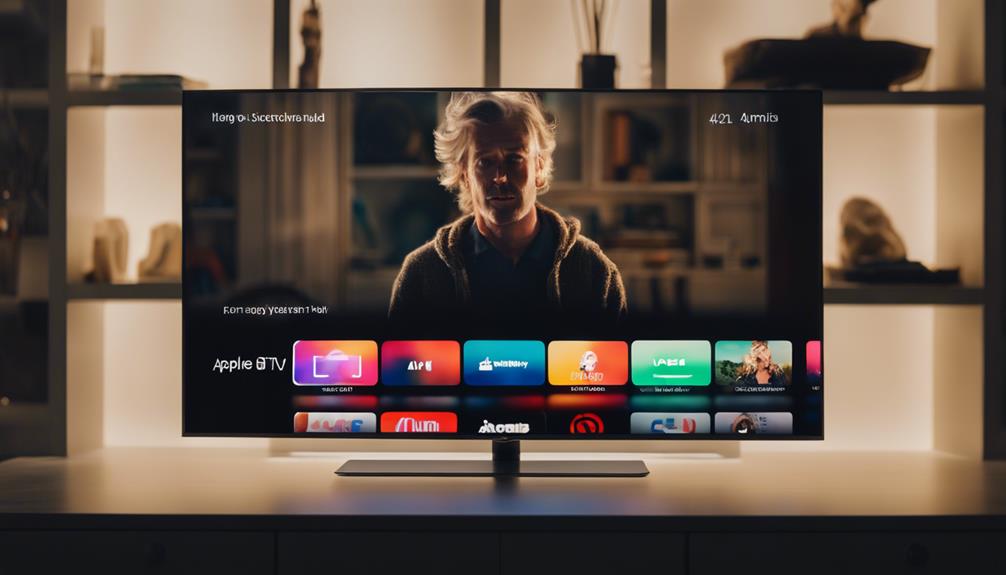
Subscriptions on Android TV through the Apple TV app can no longer be managed directly following the recent update. This change means that users are no longer able to handle their subscriptions, including those for Apple TV+, within the app on Android TV devices.
The update specifically restricts all in-app transactions related to rentals, purchases, and subscription management on Android TV. Consequently, users must now seek alternative methods to manage their subscriptions, such as using other supported devices.
To access content through the Apple TV app on Android TV, users are now directed to make any necessary purchases, rentals, or subscriptions on different platforms. The elimination of subscription management options on Android TV has had a notable impact on user convenience and their ability to easily engage with Apple TV content.
As a result, users may face challenges in managing their subscriptions and accessing desired content through the Apple TV app on Android TV.
User Reactions to App Changes

Users have expressed frustration over the limitations imposed by the recent Apple TV app update on Android TV, particularly the inability to rent or buy movies directly through the app.
This has led some users to contemplate purchasing Apple devices to access content, highlighting the impact on usability and user experience.
As a result, users are actively seeking alternative devices and workarounds to overcome the restrictions on in-app purchases.
Impact on Usability
Experiencing frustration, many Apple TV app users on Android TV devices have voiced their discontent with recent restrictions impacting their ability to rent or buy content directly through the app. The limitations on rentals, purchases, and subscriptions have greatly hampered the user experience on Sony TV, leading to several implications:
- Inconvenience: Users now face added steps to make transactions, as they must resort to using alternative devices for purchases or rentals before accessing content on their Android TV or Google TV.
- Disrupted Seamless Experience: The policy shift in early April has disrupted the previously seamless user experience, requiring users to adapt to a new approach for acquiring content through the Apple TV app.
- Recommendations for Workarounds: To overcome the restrictions on rentals and purchases, recommendations suggest accessing the Apple TV app on different devices, underscoring the impact these changes have had on the usability of the app for Android TV users.
Alternatives for Users
The recent changes in the Apple TV app's functionality have prompted Android TV users to seek alternative methods for purchasing and renting content. Due to the removal of rental and purchase options on Android TV, users are now directed to make transactions on supported devices like iPhone, iPad, or Apple TV.
This shift has caused frustration among users accustomed to the convenience of in-app purchases. Some individuals are considering purchasing Apple devices to facilitate transactions, impacting the overall user experience on Android TV. Community discussions are actively exploring workarounds such as buying content on alternative devices or devising solutions to circumvent the restrictions.
Support responses have confirmed the policy change and advised users to acquire or rent content on supported devices for viewing on the Apple TV app on Android TV. As users adapt to these alterations, the need for creative solutions and adjustments in purchasing habits has become a focal point of the ongoing conversation surrounding the Apple TV app's limitations on Android TV.
Adjusting to New Transaction Methods
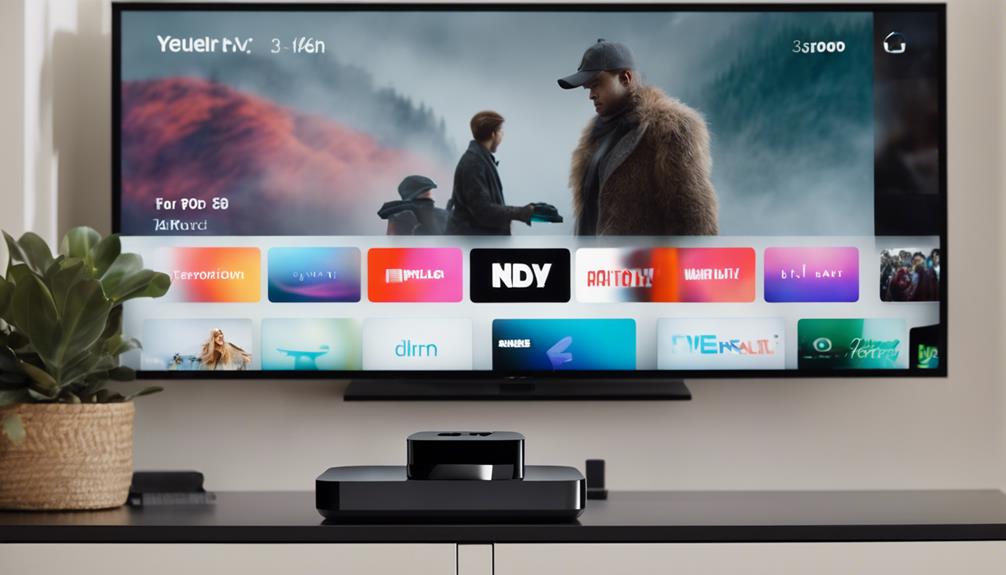
Amid the recent changes to the Apple TV app on Android TV, adapting to the updated transaction methods has become essential. Users of the Android TV app are now unable to rent or purchase movies directly through the platform. Instead, they're prompted to make these transactions on other devices. This alteration signifies a shift in how users interact with the app and acquire new content.
- No Renting or Purchasing: Users can no longer rent or buy movies within the Apple TV app on Android TV.
- Content Access: Despite the removal of rental and purchase options, users can still access content previously bought or rented on other devices.
- Revenue Sharing: This change may be motivated by a desire to avoid revenue sharing with Google for in-app purchases.
These adjustments necessitate users to rethink how they acquire and consume content through the Apple TV app on Android TV.
Exploring Alternative Platforms for Transactions

The shift in transaction methods for Apple TV on Android TV devices has prompted users to explore alternative platforms for their movie rentals and purchases. By redirecting users to other supported devices, Apple aims to streamline the transaction process and potentially avoid revenue sharing agreements with Google.
This change not only impacts user convenience but also prompts a comparison of transaction options and considerations for the overall user experience.
Transaction Options Comparison
Considering the restrictions on Apple TV app transactions for Android TV and Google TV users, exploring alternative platforms for conducting transactions becomes essential. When comparing transaction options between Google TV, Android TV, and Apple TV app, users should keep the following points in mind:
- In-app Purchases: While in-app purchases for rentals and purchases are no longer supported on Android TV and Google TV through the Apple TV app, users can still make these transactions on Apple devices or other supported platforms.
- Rent or Buy Movies: Users can no longer rent or buy movies directly through the Apple TV app on Android TV or Google TV devices. The app now directs users to make these transactions on Apple devices or other supported platforms.
- Subscriptions: Apple TV Plus subscriptions can no longer be managed or purchased through the Apple TV app on Android TV and Google TV. Users need to subscribe and manage their accounts on Apple devices or other supported platforms.
User Experience Considerations
Exploring alternative platforms for transactions becomes important due to the restrictions on Apple TV app transactions for Android TV and Google TV users. With the inability to rent or purchase movies directly through the Apple TV app on Android TV, users are now directed to make transactions on other supported devices.
In-app transactions for rentals, purchases, and Apple TV Plus subscriptions are no longer supported on Android TV, requiring users to buy or rent content on alternative devices to access it through the Apple TV app. This shift may impact user convenience and overall experience, as the seamless transaction process within the app is no longer available.
Users accustomed to the ease of in-app transactions for rentals and purchases on Android TV may find the new process less convenient and user-friendly. As users navigate these changes, exploring alternative platforms for transactions becomes important to ensure a smooth and hassle-free user experience when accessing content through the Apple TV app on Android TV.
Implications of Apple TV App Policy Shift
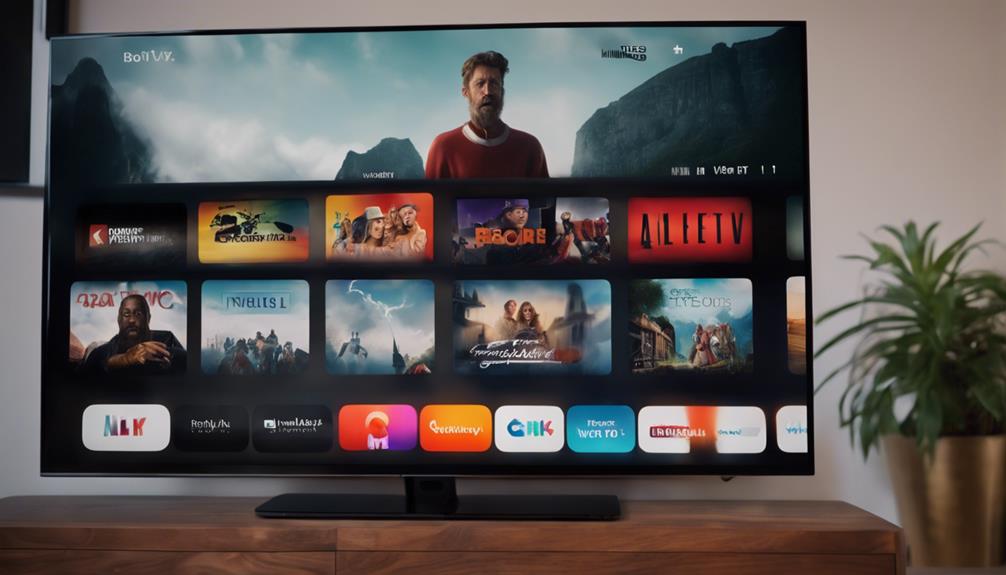
With the removal of movie rental and purchase options on the Apple TV app for Android TV, users are now redirected to make content transactions on alternative platforms. This policy shift by Apple has several implications:
- Impact on Revenue Sharing: The decision to disallow movie rentals and purchases on the Apple TV app for Android TV may be a strategic move to avoid revenue sharing with Google for in-app purchases.
- User Disappointment: Many users who appreciated the convenience of renting or buying movies directly through the app on Android TV devices are now left disappointed by the removal of this feature.
- Continued Access to Existing Content: Despite the restrictions, users can still access their previously purchased content and existing library through the Apple TV app on Android TV. However, the inability to make new transactions within the app poses a significant change in user experience.
Seeking Solutions for Movie Rentals and Purchases
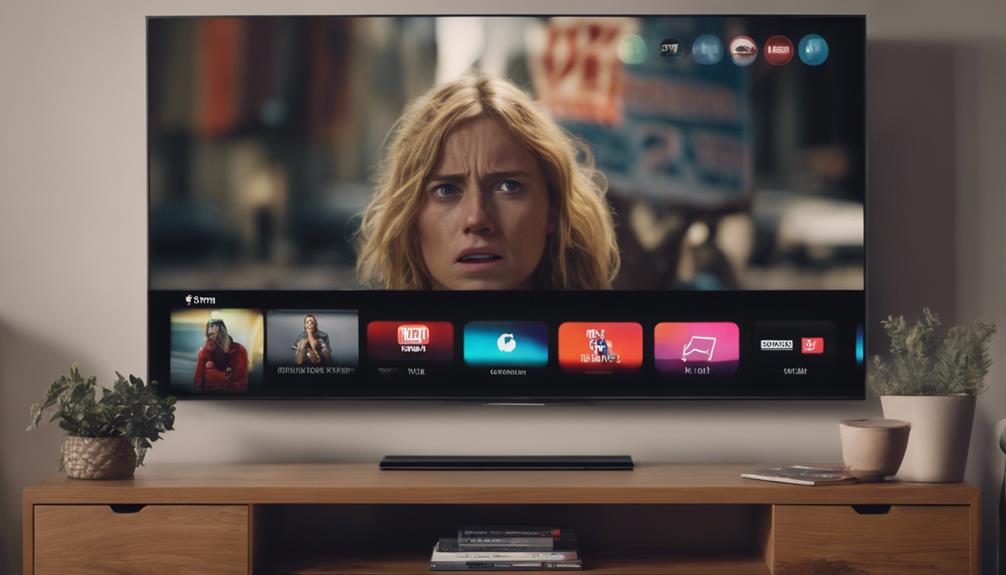
How can users adapt to the absence of movie rental and purchase options on the Apple TV app for Android TV?
With the recent changes on the Apple TV app for Android TV, users are no longer able to rent or buy movies directly through the app. Instead of the traditional rental and purchase options, a 'How to Watch' button has been introduced, redirecting users to make their purchases, rentals, or subscriptions on Apple devices or other supported platforms.
This alteration may stem from Apple's decision to circumvent revenue sharing with Google for in-app purchases. Despite this change, users can still access their existing library and purchased content from other devices on the Apple TV app for Android TV.
To continue enjoying movies on their Android TV devices, users may need to explore alternative platforms for renting or buying content, ensuring a seamless viewing experience.
Future of Apple TV App on Android TV
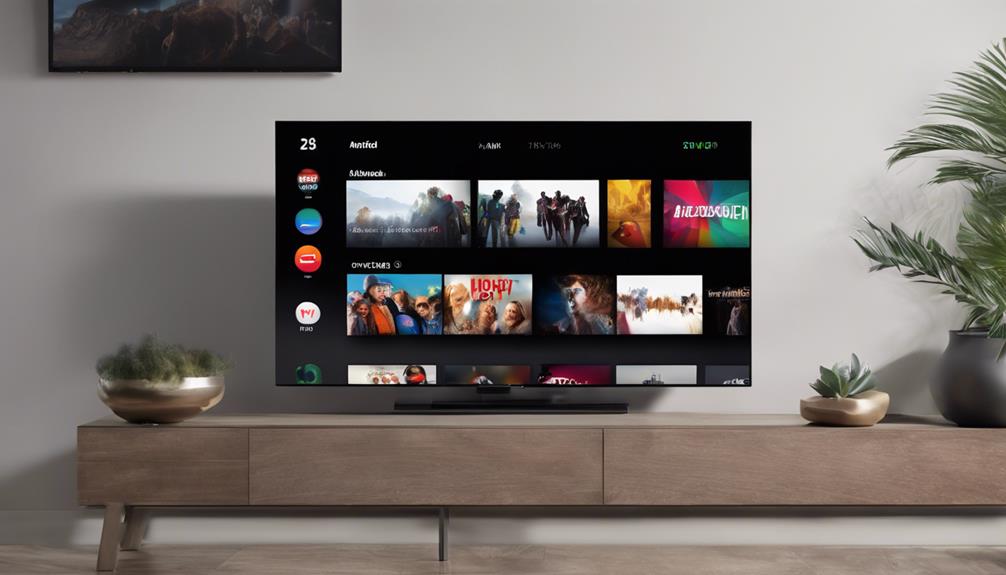
The evolution of the Apple TV app on Android TV hints at a shifting landscape for content consumption. Users of Android TV devices can no longer rent or subscribe to content directly through the Apple TV app. This change reflects a strategic decision by Apple to restrict in-app purchases on non-Apple products, such as smart TVs running on the Android TV platform.
To understand the future implications of this shift, consider the following:
- Google TV Integration: Apple's move may align with the growing prominence of Google TV as a competitor to Apple's ecosystem.
- Exclusivity to Apple Products: Users must now manage their Apple TV account without the convenience of in-app purchases on non-Apple devices, potentially driving them towards Apple hardware for a seamless experience.
- Impact on Content Consumption: The inability to rent or buy content directly on Android TV devices could influence user behaviors, shaping how individuals access and pay for digital entertainment.
Frequently Asked Questions
Can You Rent Movies on Apple TV on Android Tv?
Yes, users can't rent movies on Apple TV on Android TV. The recent update removed the option to rent or purchase movies through the app on Android TV.
Users are now directed to buy, rent, or subscribe on Apple devices or other supported platforms. While users can still access their existing library and content purchased on other devices through the Android TV app, the ability to rent movies directly on the app is no longer available.
Is Apple TV No Longer on Android?
Yes, Apple TV is still available on Android devices, but recent changes now restrict rentals, purchases, and subscriptions for movies through the app. Users are prompted to make these transactions via Apple devices or other supported platforms.
This adjustment limits in-app transactions on Android TV and Google TV, possibly to avoid revenue sharing with Google. Apple TV continues to provide content access on Android but with altered purchasing capabilities.
Why Is My Apple TV App Not Showing Rentals?
The Apple TV app on Android TV no longer offers rentals or purchases due to a recent update. Users are guided to make transactions on other supported devices instead.
While this change may inconvenience some, existing libraries and content bought on different devices are still accessible.
This alteration could be linked to Apple's decision to avoid sharing revenue with Google for in-app purchases.
Is Apple TV Not Compatible With Android?
Is Apple TV not compatible with Android?
Contrary to popular belief, Apple TV can be used with Android devices through the Apple TV app.
However, recent changes in the app's functionality have limited the ability to rent, purchase, or subscribe to content directly on Android TV.
Users are now directed to make transactions on Apple devices or other supported platforms.
This adjustment aims to streamline the viewing experience and align with Apple's business strategies.
Conclusion
To sum up, the recent policy change affecting the Apple TV app on Android TV has led to frustration among users. With the inability to make rentals, purchases, or subscriptions directly on the app, convenience has been lost.
Users are now exploring alternative platforms for transactions, seeking solutions for movie rentals and purchases. The future of the Apple TV app on Android TV remains uncertain, leaving users to adapt to the new restrictions.
